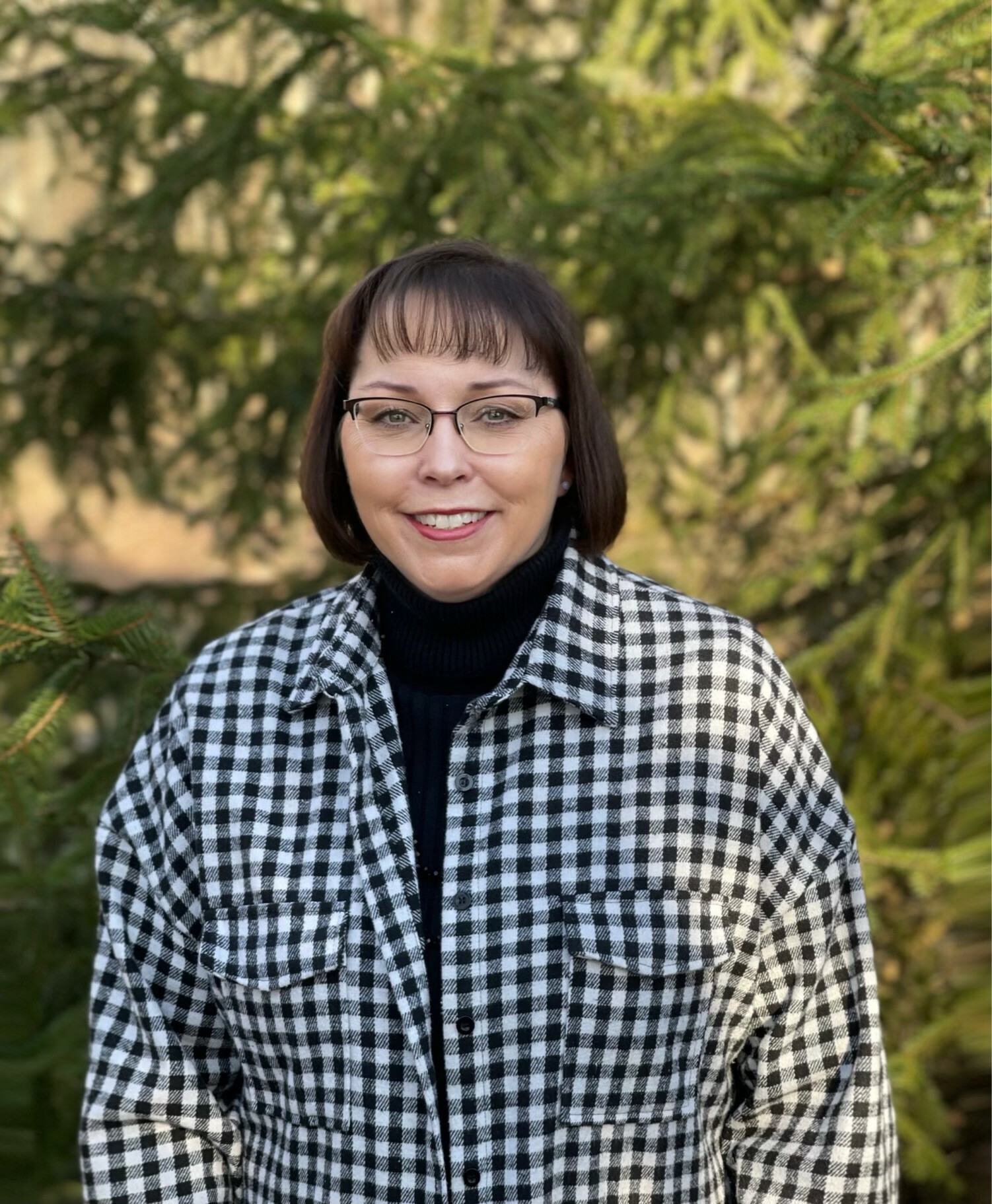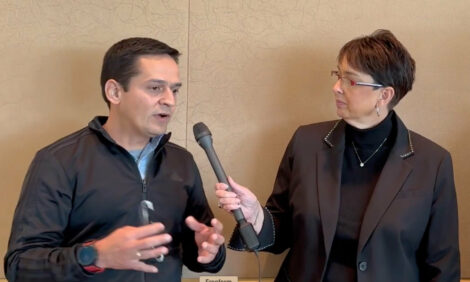



Leman Swine Conference: How to keep robust sows healthy
Paul Yeske, DVM with Swine Vet Center, shares tips to keep the best sows in the herdPart of Series:
Next Article in Series >
Dr. Paul Yeske, veterinarian with the Swine Vet Center, recently spoke with The Pig Site’s Sarah Mikesell at the pre-conference for Leman Swine Conference in St. Paul, Minnesota, USA.
Value of sow retention
“In today's talk, we talked about where's the industry at today?” said Dr. Yeske. “That's where we use the MetaFarms database to look at that as far as an average sow mortality for their entire database at 15%.”
The goal of today's session was to discuss some of the things that are certainly impacting the health status of the herd and whether we have some of the endemic diseases such as PRRS, mycoplasma, PED or other diseases within the herd. Also, we reviewed if replacement gilts are properly prepared to enter the herd, and ready to make the herd continue to be productive over time. The session also focused on the status of those diseases and how to bring some of those animals into the herd.
“We've got to do some acclimation things and it's going to take different times based on different diseases,” he said. “We want to make sure that when we have to acclimate animals, and we bring them into the herd when they're no longer shedding.”
A certain amount of time, planning and testing is required to ensure that everything is done right.
“Then we still have to make sure that we manage those gilts properly through their developmental phases,” he explained. “We want to make sure that we get them to the right age and weight at the time of breeding, and that they've had a recorded heat service, and then make sure they're acclimatized to the facilities they're going to be in.”
Those are some actions producers and veterinarians can take on.
“We know one of the challenges in the industry is that we oftentimes over select the replacement gilts,” said Dr. Yeske. “We keep too many that we shouldn't.”
One of the challenges that producers must continue to work on is day-to-day observation and the skills of their staff that are looking at the sows daily and making sure they are keeping that focus on gilts’ health and welfare.
“I showed a slide where the Iowa Select Farms have their sow retention specialist,” he explained. “I saw that at the NPIC meeting, and I thought this is a great idea. It's focusing that attention on retaining the sows and keeping the sows in the herd and keeping the right animals in the herd.”
If producers employ a retention specialist, then there is someone dedicated to watching the gilts and sows in the herd every day and keeping their health in the forefront.
Iowa State's Chris Rademacher conducted a study with two caretakers looking at each sow from the front and the back simultaneously.
“I think the interesting thing about that study was, that's really what we expect to be happening every day on sow farms,” said Dr. Yeske. “Sometimes we lose track of that focus, and when they applied that focus, and it made a difference.”
It's one of those take-home messages that reminds us to go back to the regular standard operating procedures, execute them, and we're going to be able to get the performance we're expecting. It is important to make sure that we go back and pay attention to what we're doing. Multitasking is great, but paying attention and keeping focused is key to succeeding when you are assessing the herd, he said.
Consider hiring a sow retention specialist
“I think it's where we must make it an emphasis,” he said. “It's like anything else in the industry, if we start to track it, and we start to measure it, and we start to have someone be responsible for it, we'll see change. That's why I'm kind of excited about the idea and thinking about it and putting it into more herds.”
With the challenges facing the today’s industry, employing a sow retention specialist could be a critical factor.
“We know that if we can make good choices, and good production is all about making good choices, not choices that are handed to you,” said Dr. Yeske. “If you can make those good choices, you can have and make better choices, you're going to have better performance.”
That's one of the opportunities we have here to allow ourselves to make more better choices.
“We can take the animals out of the herd, and we can remove the animals from the herd that aren't performing, not the ones that aren't surviving,” he explained.
Keeping the right sows in the herd
“Ideally, we'd be removing the older sows because of performance,” he explained. “That number has gone down over time, because we haven't been as successful at keeping those sows in the herd. So those animals are staying longer and they're not necessarily the best sows, but they are staying in the herd.”
Keeping the right sows in the herd has become one of the challenges in today’s industry.
“I think we need to work back to where that's a higher number,” said Dr. Yeske. “A higher percentage of the animals exiting are the ones that aren't performing as well and if we can get there, then all performance goes up.”
Importance of body condition scoring
“Body condition is a critical factor to make sure that the animals are prepared to go through their gestation and be ready to go into lactation and not be too heavy or not be too thin,” Dr. Yeske explained. “That's going to be one of those keys to helping keep and retain those animals in the herd because they’re set up to perform well. If we get the conditioning right, that's going to help us in the long run, to give those animals the opportunity to do everything we are asking them to do.”











